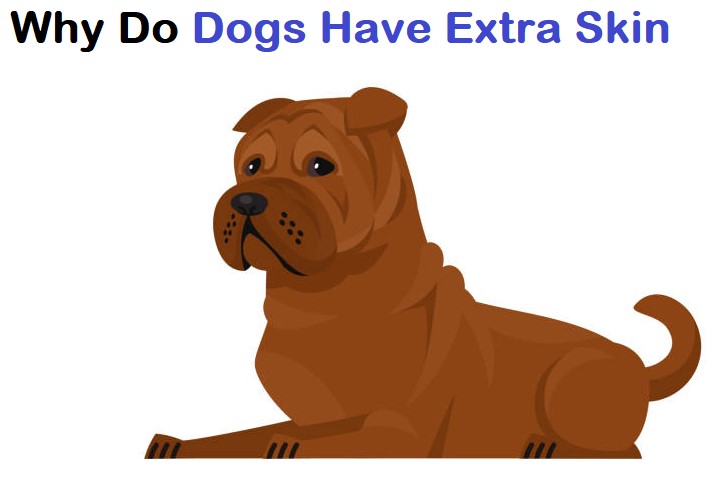Have you ever noticed that your dog has a lot of extra skin which sometimes creates adorable folds and wrinkles? You might be curious about Why Do Dogs Have Extra Skin? Why do dogs have extra skin on their neck? Is it normal? or Is it the cause of any disease? Usually, the skin tells us how healthy a dog is! Other than health issues there are different reasons In this article, we’ll answer all of your questions and look for exact reasons.
You may like to read: Why Do Dogs Scratch the Floor?
Causes of Sagging, Loose Skin in Dogs
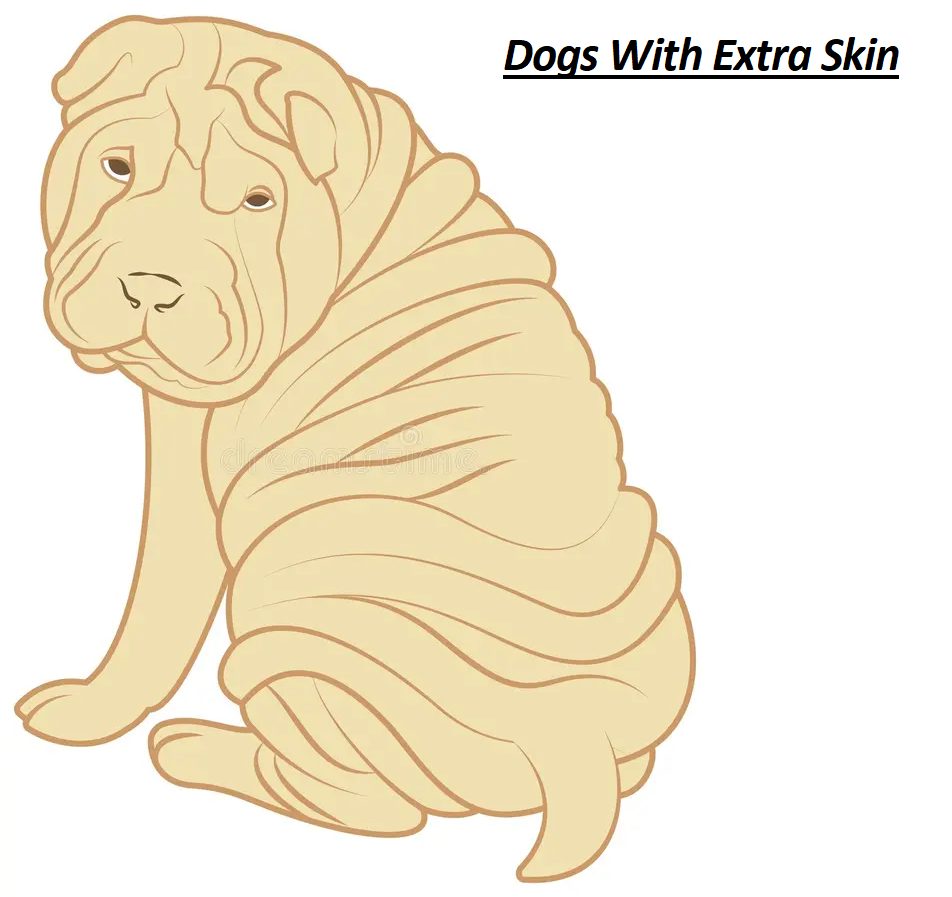
Dogs may have extra skin for different reasons. The most common reasons are:
- Temperature regulation
- Protection
- Growth and Weight Fluctuations
- Breed Characteristics
- Storage for Fat and Nutrients
- Communication
Explained: Why do dogs have extra skin?
Here are a few simple explanations of the reasons that can help you understand, Why dogs have extra skin.
1. Adjusting to Different Environments
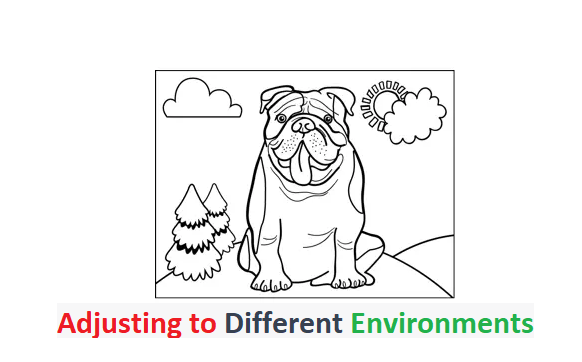
As we know, Dogs come from wolves, and Their old relatives had to live in various places, like forests and wide-open fields. So, having some extra skin helped them move around and stay safe in these different places. And dogs having extra skin helps them to adjust to different environments.
You may like to read: Why Do Dogs Lick Their Butts?
2. Temperature Regulation
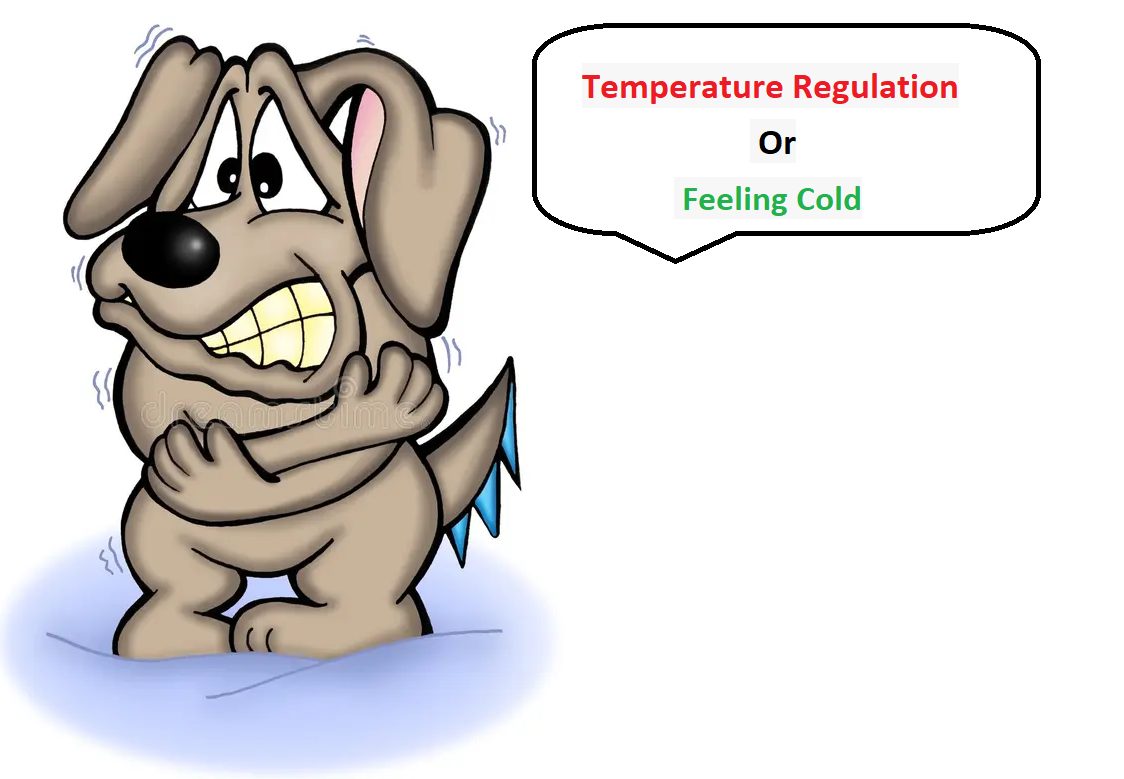
- Dogs can’t sweat like humans, so they pant to cool off.
- The loose skin helps them cool down better.
- It stops them from getting too hot.
- The extra skin also acts as a natural air conditioner for dogs.
3. For their protection
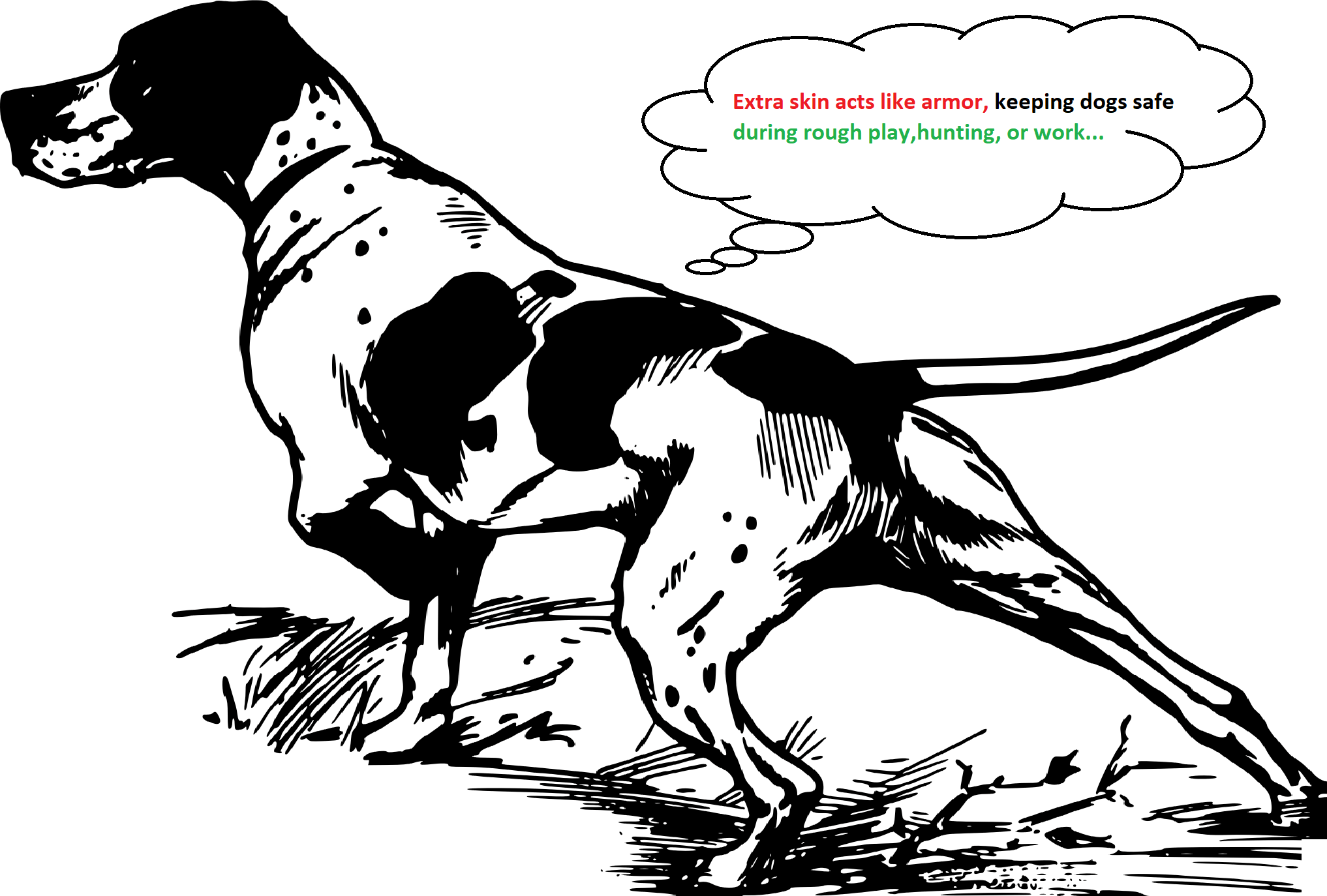
Dogs have extra skin which acts as a natural shield to protect their vital organs during rough play, hunting, or work. This built-in armor minimizes the risk of injuries, ensuring your safety.
4. Growth and Weight Fluctuations
As dogs get older, their bodies change. Extra skin helps them grow when they’re puppies and adjust to their changing body shape as they grow up. Extra skin helps them to become a better hunter. This skin can also help the dog protect itself from an attack.
5. Breeds and Their Unique Wrinkles
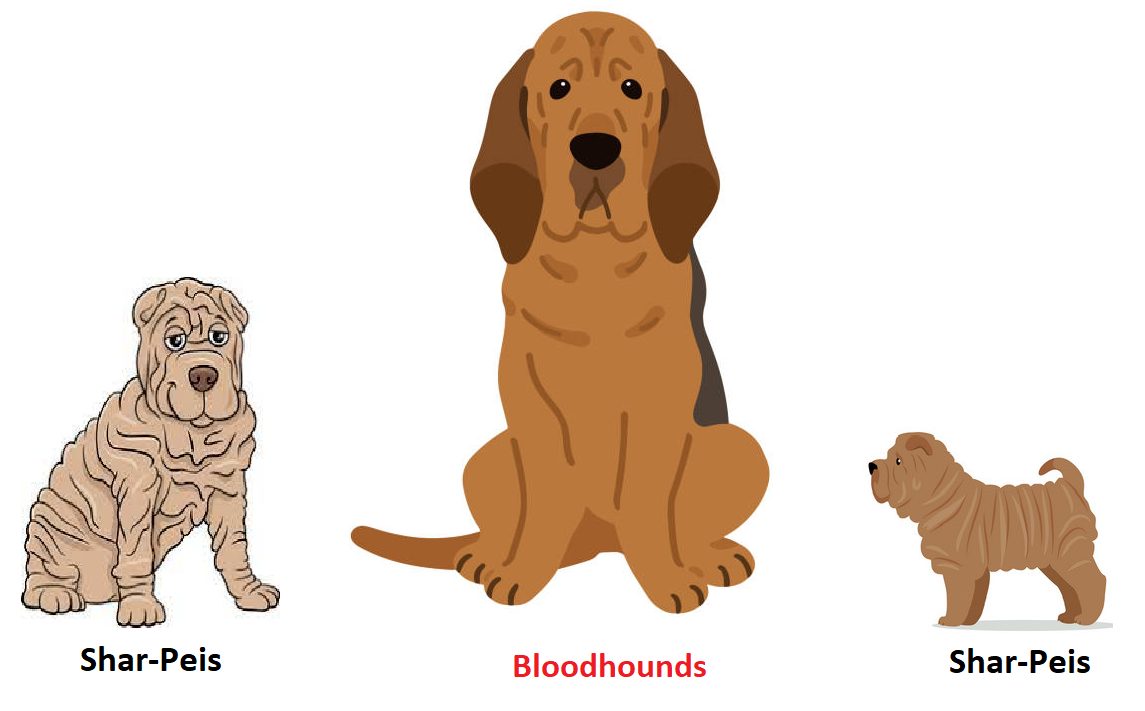
Dog breeds can have different amounts of loose skin based on their unique characteristics. Some breeds, like Bloodhounds and Shar-Peis, are famous for having lots of loose skin. However, it’s important to note that having excessive skin can also make these breeds more susceptible to skin infections and other health issues. Therefore, it is essential to take good care of their skin and keep them clean and dry to prevent infections.
6. Storage for Fat and Nutrients
Another key benefit of extra skin in dogs is Some dogs store excess fat and nutrients in their skin, which can serve as a reservoir when they are hungry, or during periods of low food availability.
7. Communication
Dogs use body language to communicate, and their skin can play a role in this. Raised fur and skin can signal aggression or fear, while relaxed skin can indicate calmness.
You may like to read: How to Make a Dog’s Testicle Drop: A Step-By-Step Guide
What is the extra skin on a dog called?
All dogs have extra skin around their neck. The skin on the top of the neck is called scruff, and the skin under the neck is dewlap.
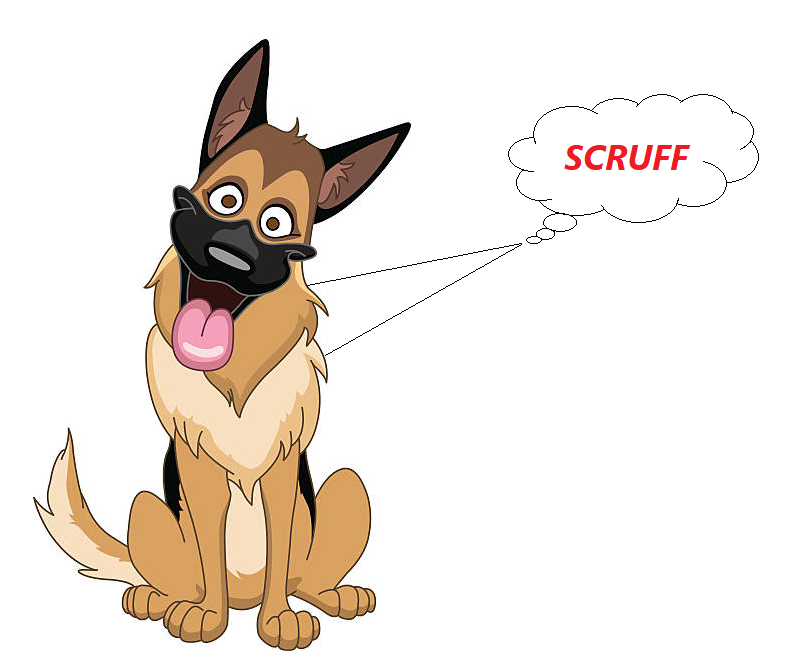
You may like to read: Why Do Dogs Drag Their Butts On The Ground?
FAQs: Why do dogs have extra skin?
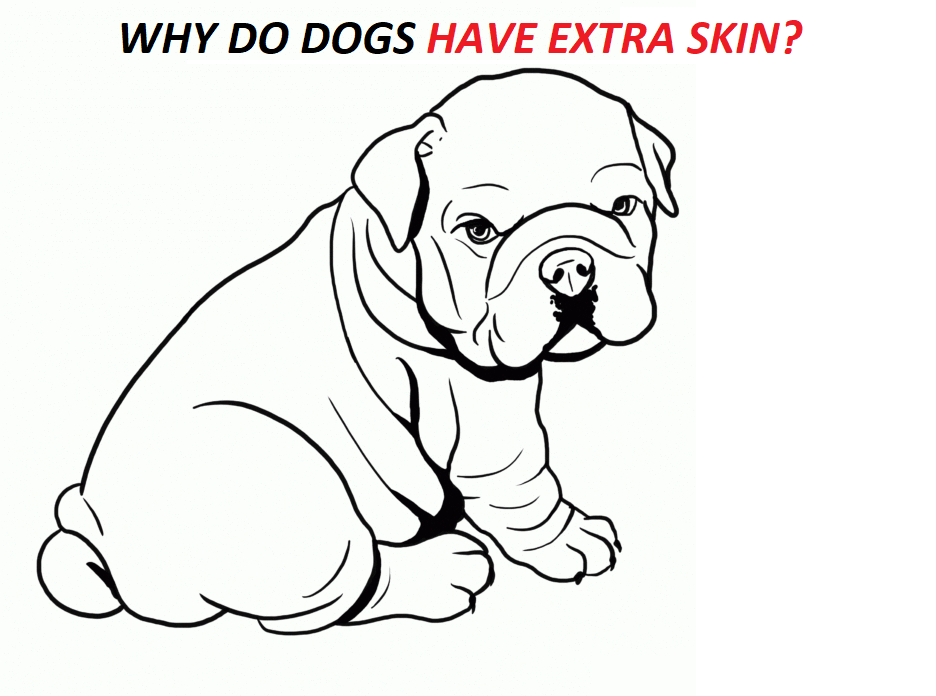
Still not satisfied?? Here are some frequently asked questions
What is the extra skin on a dog’s neck?
The extra skin or the loose skin on the dog’s neck is called scruff. When you watch a mother dog with her puppies, you might notice that sometimes she gently picks them up by the back of their necks if they wander too far. She does this carefully, so it doesn’t hurt or harm them.
Why do hound dogs have saggy skin?
- Protects their eyes from things like brush and debris.
- Holds onto the scent they are tracking.
Do wrinkles affect a dog’s health?
Deep wrinkles can sometimes cause skin irritation and infections, so it’s important to monitor your dog’s skin health.
Is it normal for puppies to have extra skin?
Yes, it’s normal because Most dogs will have saggy skin as they grow, but this doesn’t necessarily indicate how much more they will grow.
Does Vaseline help dog skin?
Vaseline might seem comforting, but it lacks scientific proof of effectiveness. If your dog has a rash or skin issue, it’s better to see a vet for a diagnosis and proper treatment.
Why does my dog have loose belly skin?
Usually with age dogs’ skin gets looser. With age, their skin becomes loose around their stomachs as well as other areas of their bodies.
Does grabbing a dog by the scruff hurt them?
Yes, grabbing a dog by the scruff can damage the tissues in its neck, and cause them serious injury.
Can dogs get excess skin removed?
Yes, you can remove the excess skin and help prevent infections. The technique used to do this is called “facelift” or “tummy tuck”.
Why is my dog’s skin getting loose?
Your dog’s skin is getting loose because the disease that creates weak and loose skin also effect the joints and is caused by genetic mutation. If both parents of the dog carry the genetic mutation, the mutation is considered “dominant,” even if it never appears in the parents.
What causes elephant skin dogs?
The elephant skin in dogs is caused by an infection of the skin known as Malassezia dermatitis. In severity, the skin thickens resembling an elephant’s skin.
What does hyperkeratosis look like in dogs?
Hyperkeratosis is an abnormal overgrowth in dogs. it appears as raised, rough, thickened skin or hairy, tentacle-like growths on the nose, paws, and ears of our canine companions.

